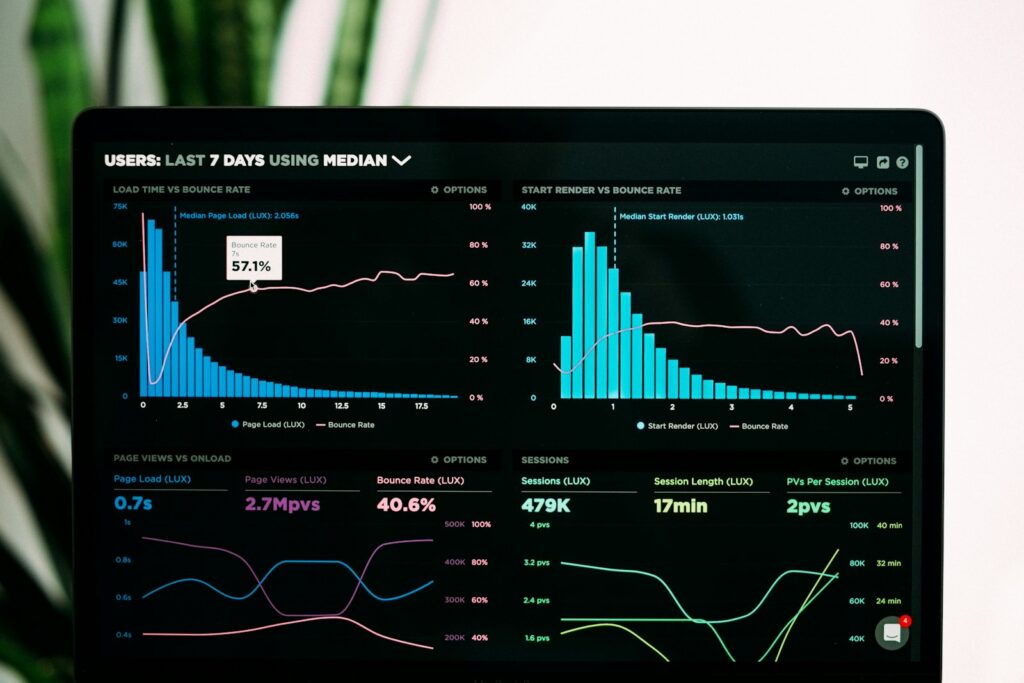Introduction to Business Process Automation (BPA)
Business Process Automation, or BPA, is revolutionizing how businesses operate in 2025. It’s about leveraging technology to streamline and automate repetitive tasks, improving efficiency and reducing human intervention. But why is it so crucial today? Let’s dive in.
Definition of BPA
At its core, BPA uses technology to handle routine business processes. Think of it as a way to let the machines take care of repetitive tasks while humans focus on more strategic, creative activities.
Why BPA Matters in 2025
In a world driven by rapid digital transformation, BPA has become indispensable. It allows companies to stay competitive by boosting productivity, cutting costs, and improving overall business agility.
The Core Benefits of Business Process Automation
Increased Efficiency and Productivity
Automation tools perform tasks faster and more accurately than humans, allowing employees to focus on critical areas that require creativity and problem-solving.
Cost Reduction
By automating processes, businesses can reduce labor costs and minimize wastage, resulting in significant savings.
Enhanced Accuracy and Reduced Errors
Automation eliminates the possibility of human error, ensuring tasks are completed flawlessly every time.
Improved Employee Satisfaction
By freeing employees from monotonous tasks, BPA allows them to engage in more meaningful and rewarding work, boosting morale and retention.
Key Components of Business Process Automation
Workflow Automation Tools
Tools like Zapier, UiPath, and Microsoft Power Automate enable seamless task automation across various business functions.
Integration with Existing Systems
Effective BPA solutions work with current software, ensuring a smooth transition and reducing disruption.
Artificial Intelligence and Machine Learning in BPA
AI and ML add a layer of intelligence to BPA, enabling predictive analytics, natural language processing, and smarter decision-making.
Popular Applications of BPA in 2025
Human Resources Automation
From onboarding new hires to payroll processing, BPA simplifies HR tasks, saving time and resources.
Customer Service
Chatbots and automated ticketing systems ensure quick and efficient customer support.
Supply Chain and Logistics
Automation in supply chains improves inventory management, order processing, and shipment tracking.
Financial and Accounting Processes
Automated invoicing, expense tracking, and compliance checks reduce manual workload and errors in financial operations.
How to Implement BPA Successfully
Analyzing Current Processes
Evaluate existing workflows to identify inefficiencies and areas for automation.
Choosing the Right Tools
Select tools that align with your business goals and integrate well with existing systems.
Training Your Workforce
Invest in training programs to help employees adapt to new technologies.
Monitoring and Optimization
Continuously monitor automated processes and optimize them to meet evolving business needs.
Challenges in Adopting BPA and How to Overcome Them
Resistance to Change
Address employee concerns through transparent communication and training sessions.
Integration Complexities
Work with experienced vendors and IT teams to ensure smooth integration.
Cybersecurity Concerns
Implement robust security measures to protect sensitive data and maintain compliance.
The Future of BPA: Trends to Watch in 2025 and Beyond
Hyperautomation
A step beyond BPA, hyperautomation integrates multiple automation tools and technologies for end-to-end automation.
Intelligent Automation
Combining AI and machine learning, intelligent automation brings smarter and more adaptive processes.
Increased Personalization
Automation systems will become more personalized, catering to specific customer and business needs.
Conclusion
Business Process Automation is no longer a luxury; it’s a necessity in 2025. By streamlining operations, improving accuracy, and reducing costs, BPA empowers businesses to thrive in a competitive environment. The key to success lies in choosing the right tools, training your workforce, and continuously optimizing your processes.
FAQs About Business Process Automation
What industries benefit the most from BPA?
Industries like finance, healthcare, manufacturing, and retail reap significant benefits from BPA by automating repetitive tasks.
How long does it take to implement BPA?
Implementation time varies but can range from weeks to several months, depending on the complexity of the processes.
Can small businesses afford BPA solutions?
Yes, there are scalable BPA tools designed to fit the budget and needs of small businesses.
Is BPA the same as AI?
No, BPA focuses on automating processes, while AI adds intelligence to those processes for decision-making.
What are some popular BPA tools?
Tools like UiPath, Zapier, Blue Prism, and Microsoft Power Automate are widely used for BPA.

